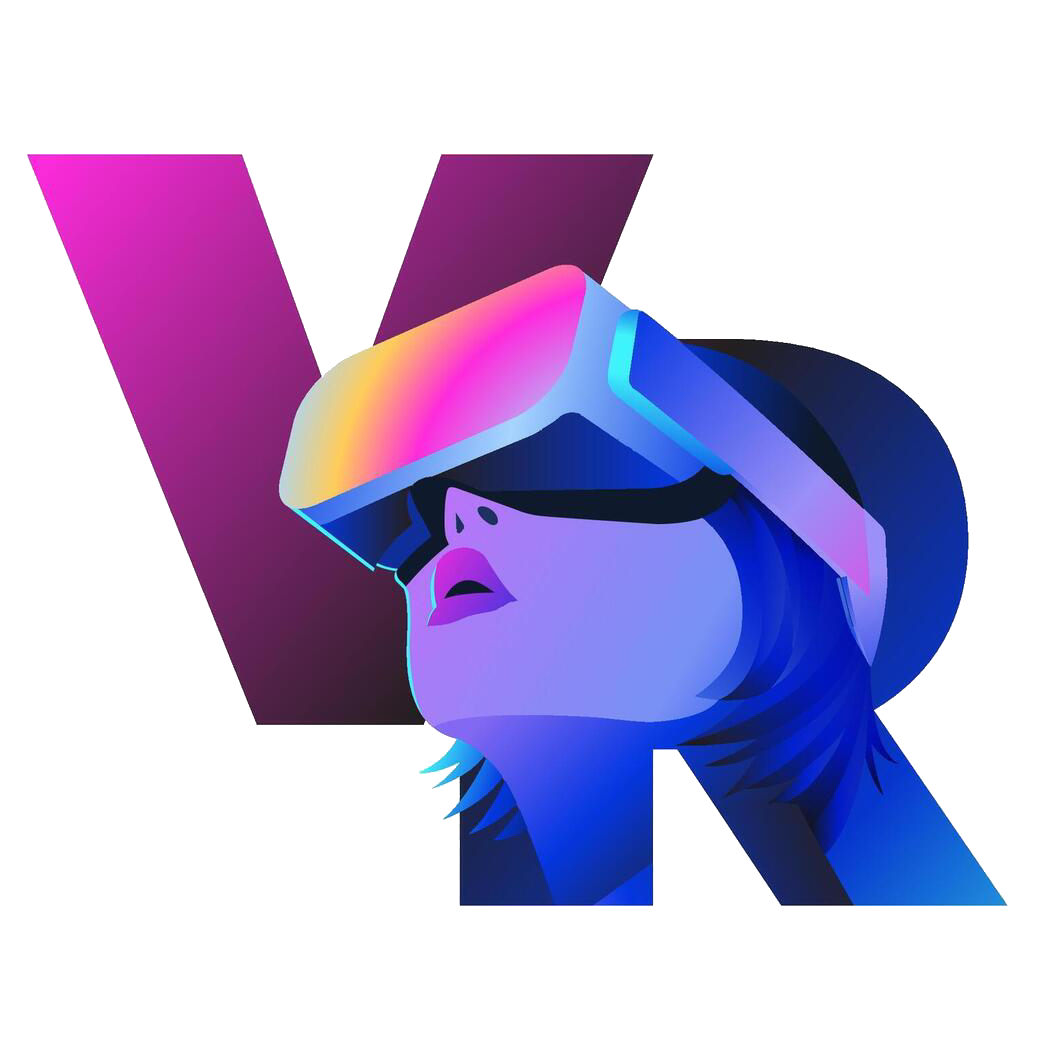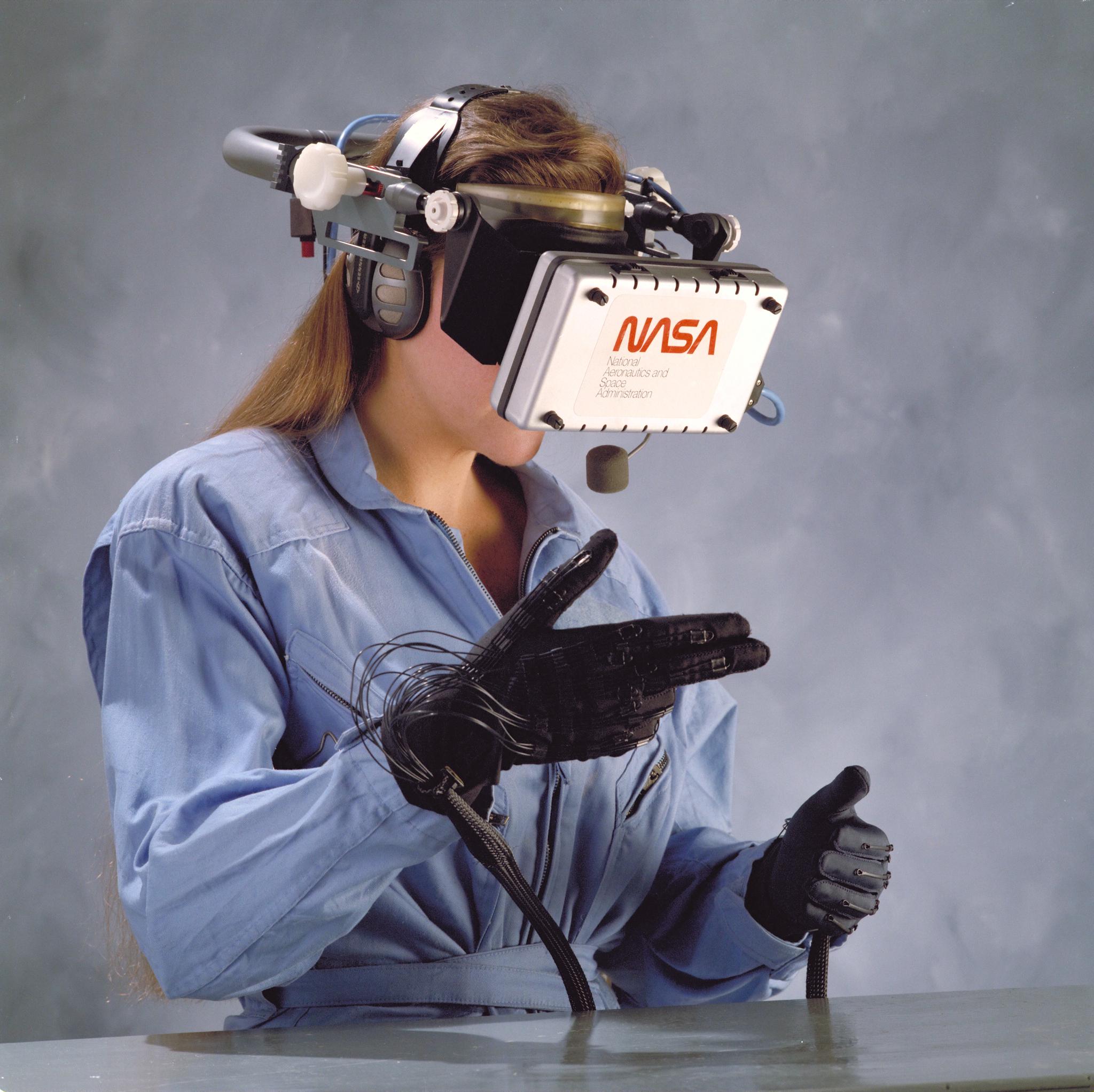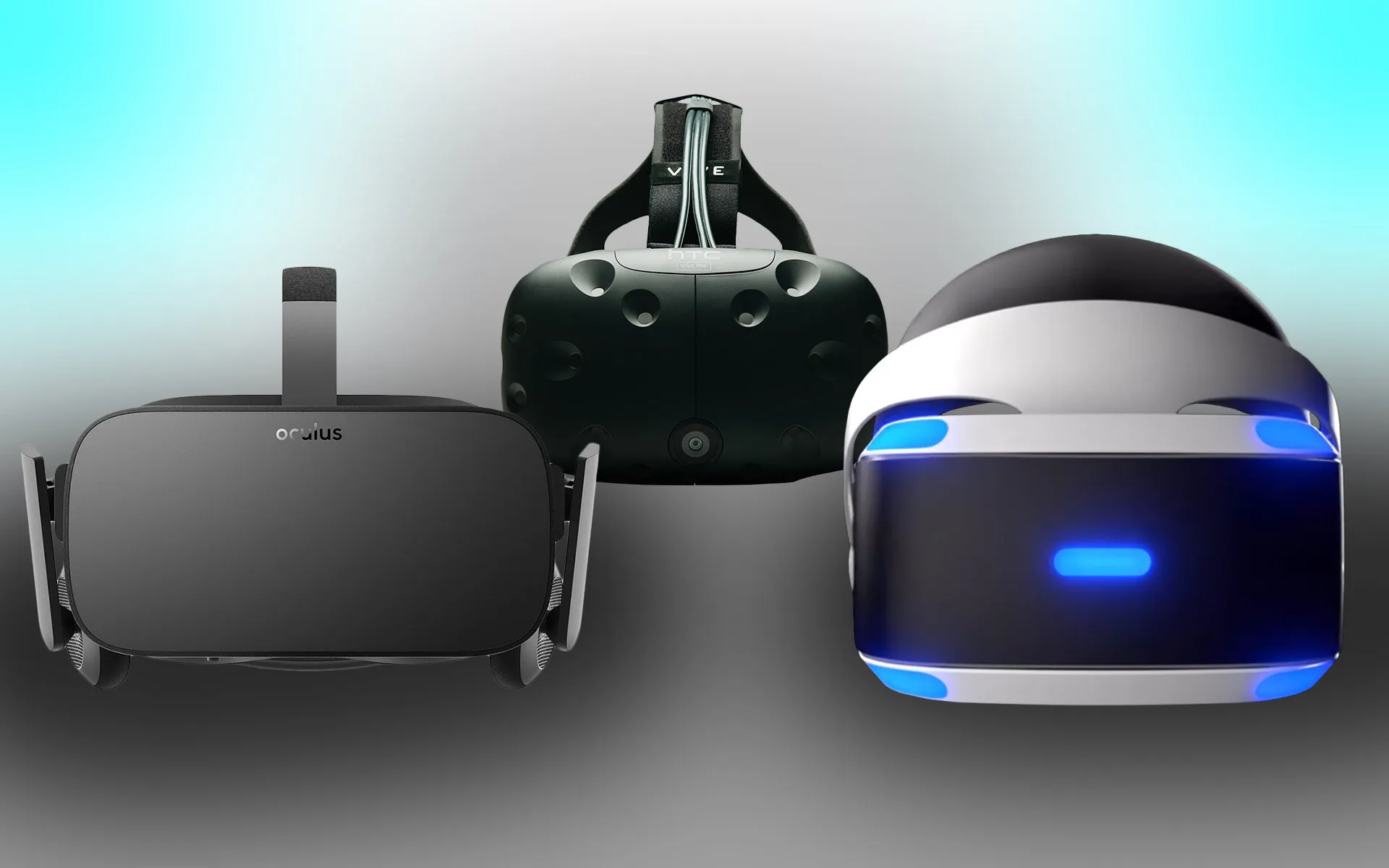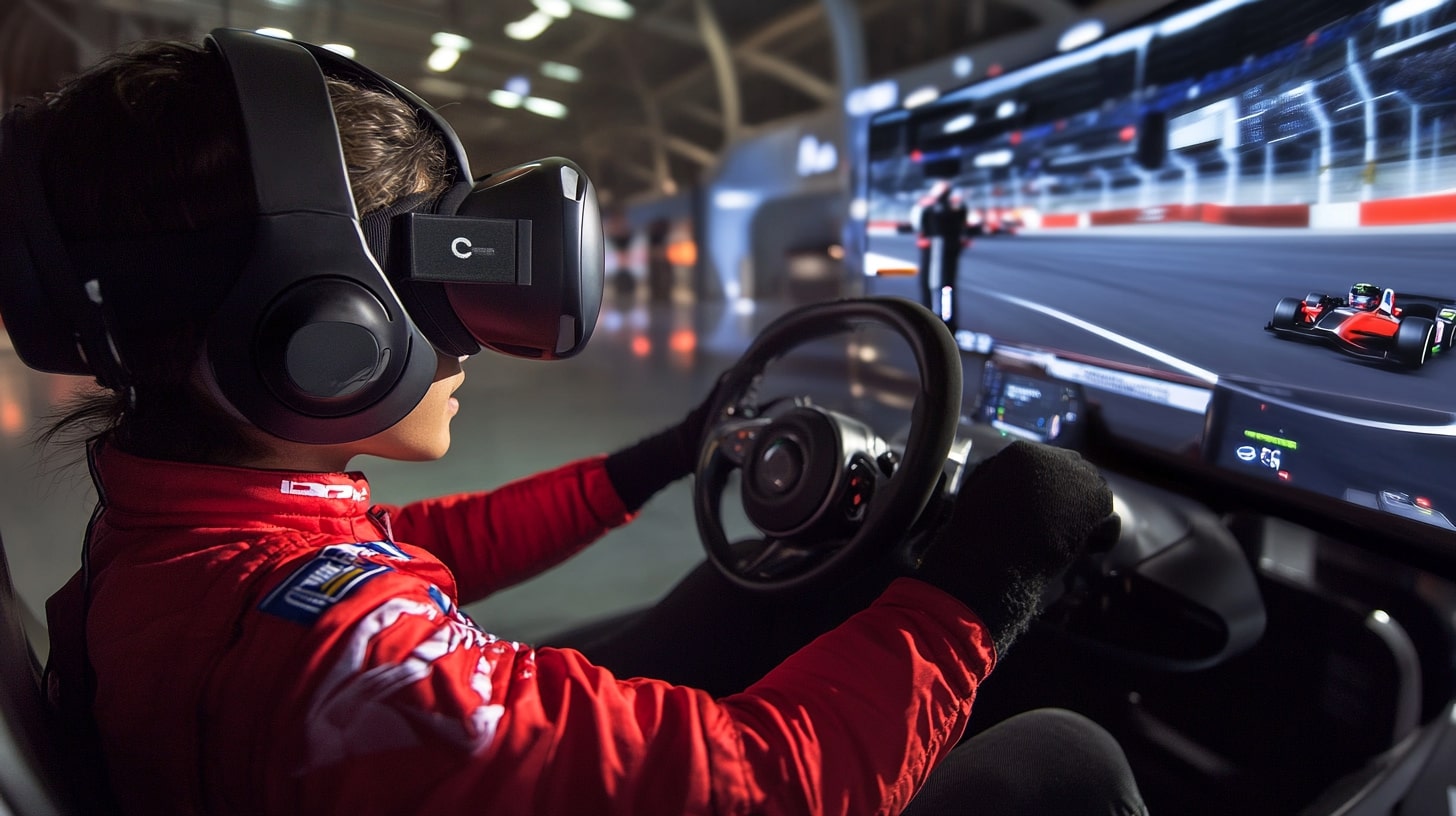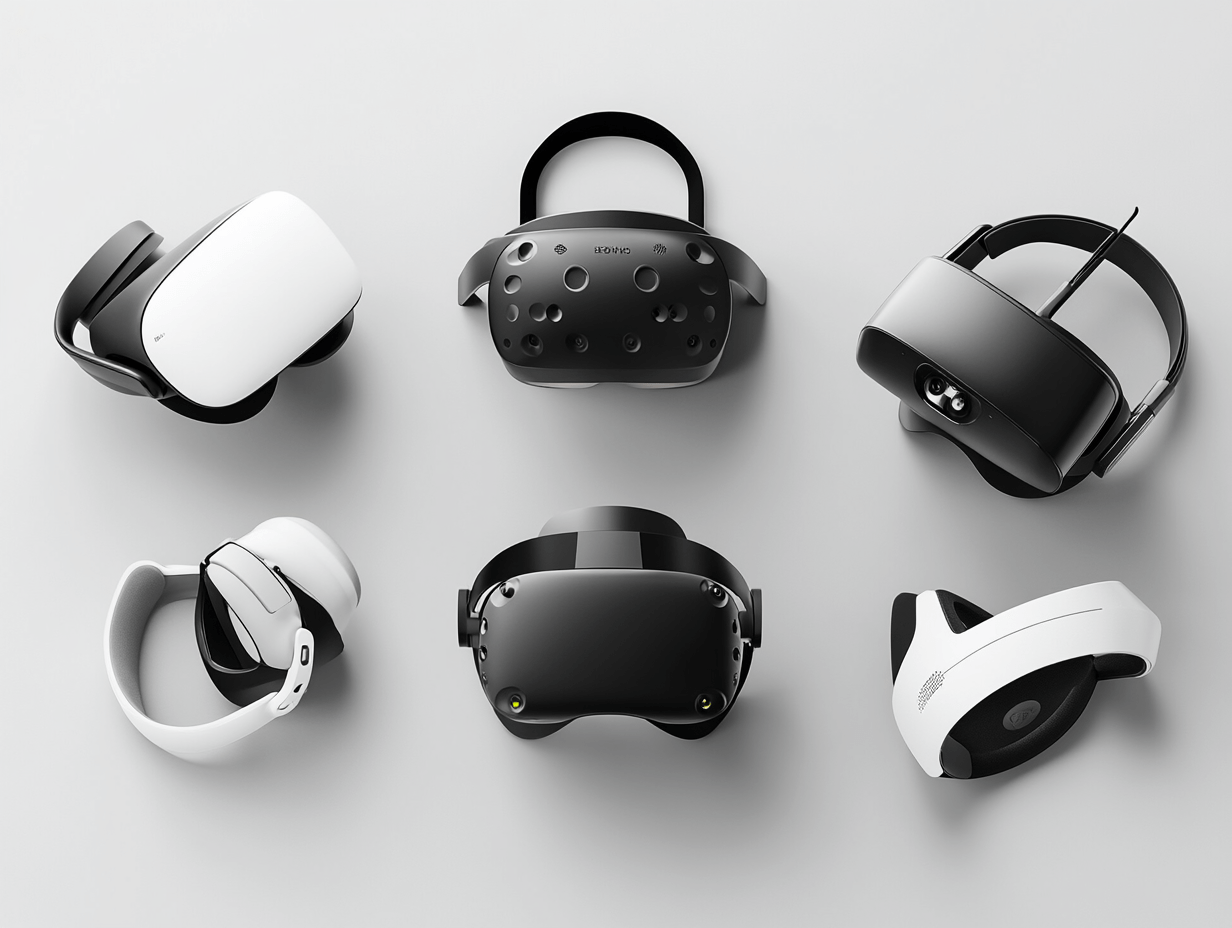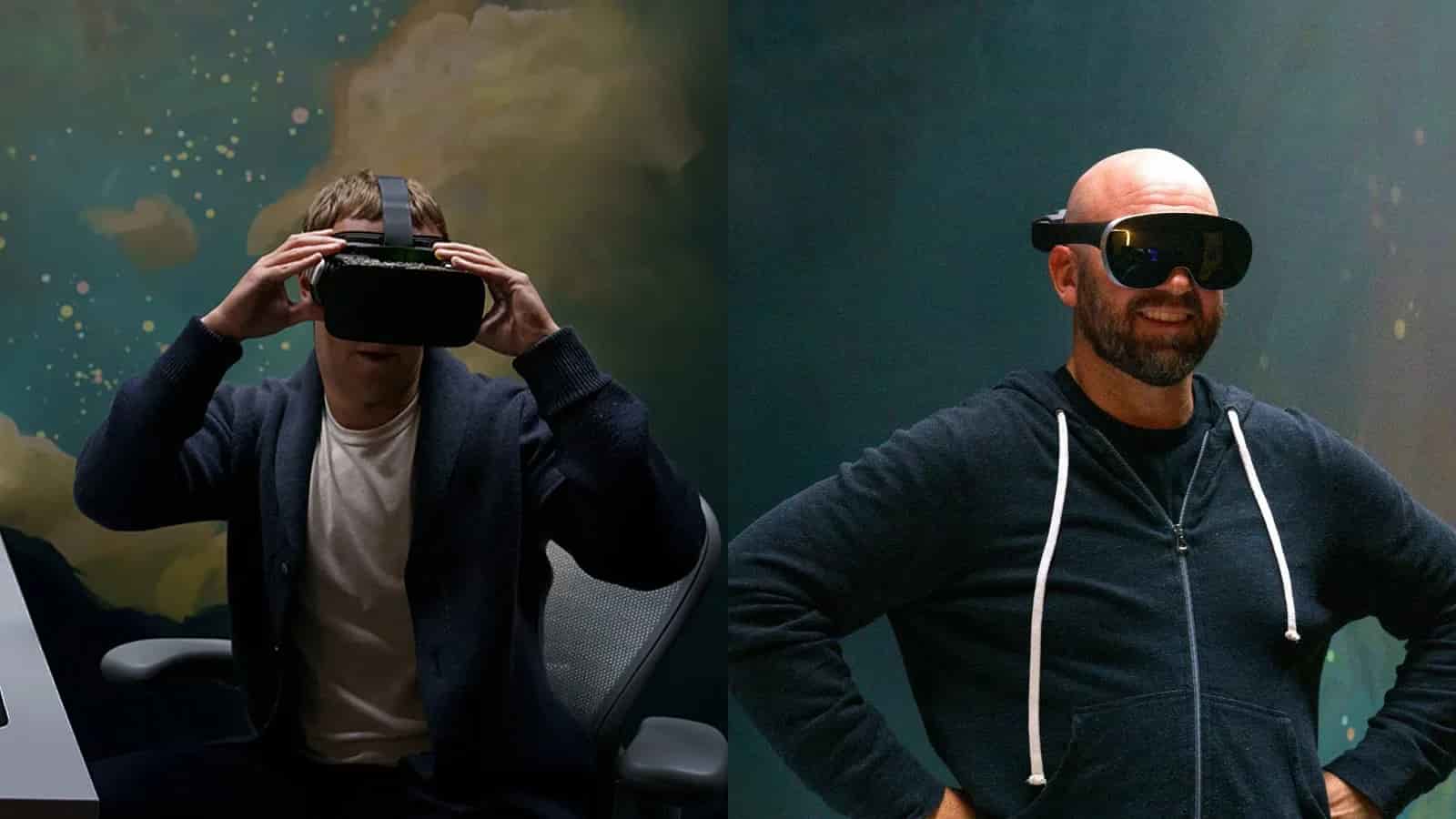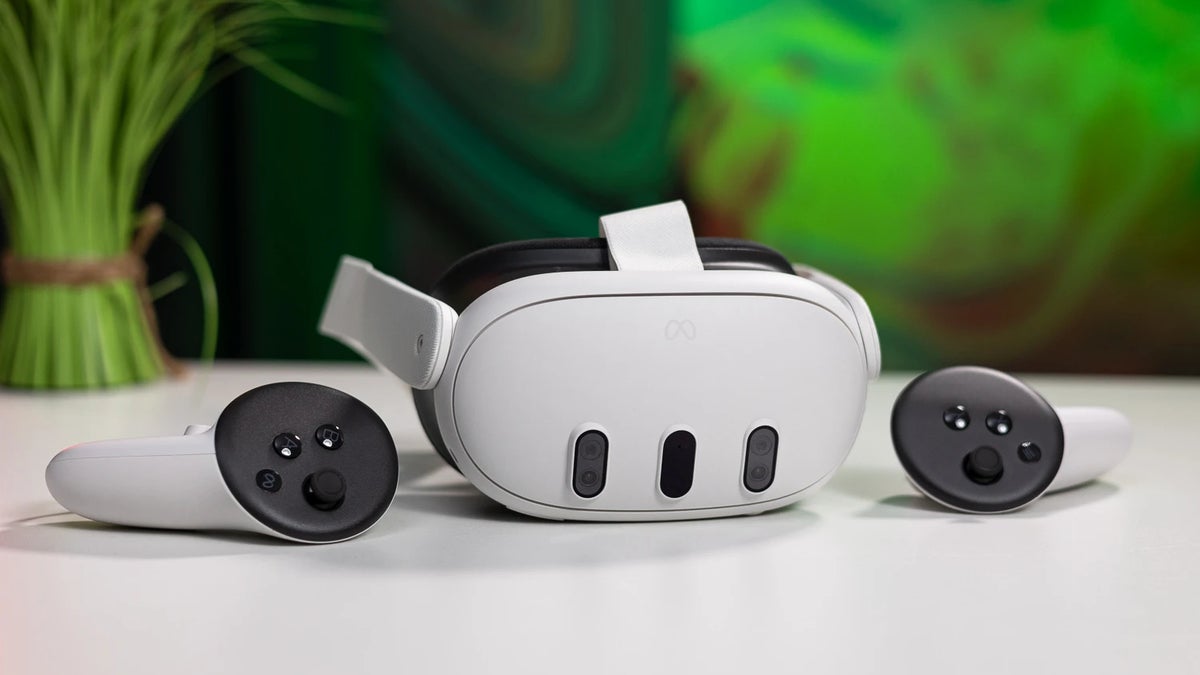Now Reading: The Evolution of VR Headset Technology: From Past to Present
1
-
01
The Evolution of VR Headset Technology: From Past to Present

The Evolution of VR Headset Technology: From Past to Present
Previous Post
Next Post
Loading Next Post...
